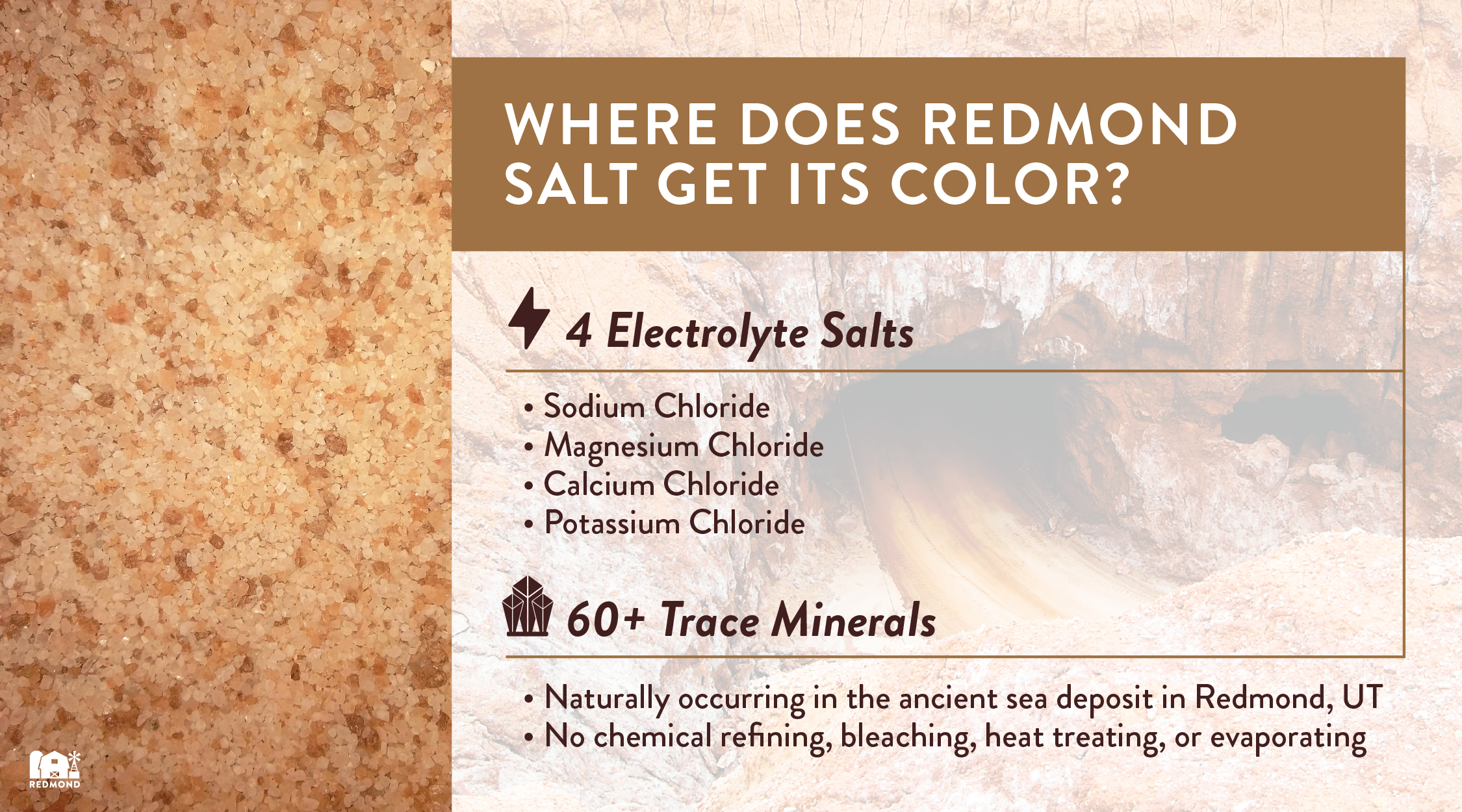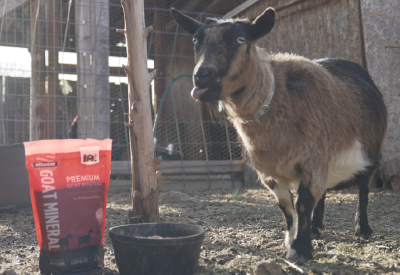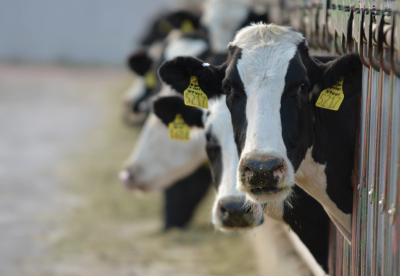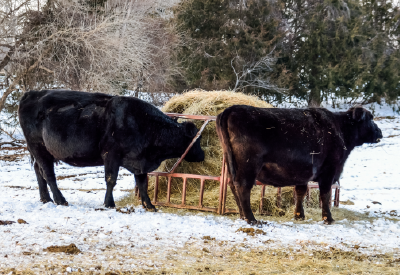Why Doesn't Redmond Dye Our Salt?
Redmond doesn't dye our salt; we believe nature has it right and are committed to sharing our volcanic and mineral deposit as naturally as possible.
Written by: Brooke Loeffler May 20, 2022
The Lowdown on Dyed Salt Blocks
Some salt block manufacturers use color coded additives to distinguish between products. These are the most common coloring additives:
- Red (iron, iodine fortified): iron oxides
- Yellow (sulfur fortified): Yellow #5 dye (tartrazine)
- Brown (trace mineral fortified): iron oxides
- Black (trace mineral, selenium fortified): iron oxides
- Blue (cobalt, iodine fortified): Ultramarine blue dye
The majority of these dyed livestock salt blocks begin with straight sodium chloride (white table salt), and are then chemically treated and dyed to fit the color categories listed above. Dye compounds are less regulated for animal consumption than for humans. For this reason, you will see some form of “NOT FOR HUMAN CONSUMPTION” warnings on dyed blocks. Synthetic food dyes (like Yellow #5 and ultramarine blue dye) are not biodegradable so they continue to accumulate in the environment. They can also form harmful byproducts when exposed to UV radiation (like sunlight).
Why Doesn't Redmond Dye Our Salt Blocks?
To put it quite simply, they don't need it. Here at Redmond Minerals, we believe Nature has it RightTM and are committed to sharing the benefits of our volcanic and mineral deposit as naturally as possible. The only things we choose to add to our salt are natural fortifications your animals need to protect from vitamin and mineral deficiencies, or repel pests (like our popular 10 Fine with Garlic Block).


- Here are some tips about when to use blocks vs. loose minerals
Plus, there aren't really enough colors in the rainbow to cover all of the custom fortifications Redmond has to offer! We can customize your livestock salt supplement to meet the nutritional requirements of your animals.
Where Does Redmond's Color Come From?
Our unique salt's reddish/orange hue comes straight from nature itself.

The foundation of all our salt products comes from our ancient sea mineral deposit in central Utah and contains:
4 electrolyte salts:
- Sodium chloride
- Magnesium chloride
- Calcium chloride
- Potassium chloride
60+ naturally occurring trace minerals:
- Click for our foundational salt mineral analysis.
Redmond salt retains its natural color because we don't chemically refine, bleach, heat treat, or evaporate our products. We take our stewardship of the land seriously; and since our products go from our land to yours, we only share the best nature has to offer. Give Redmond a call today so we can help you get back to what you love about raising animals!
© 2024 Redmond Minerals Inc.



